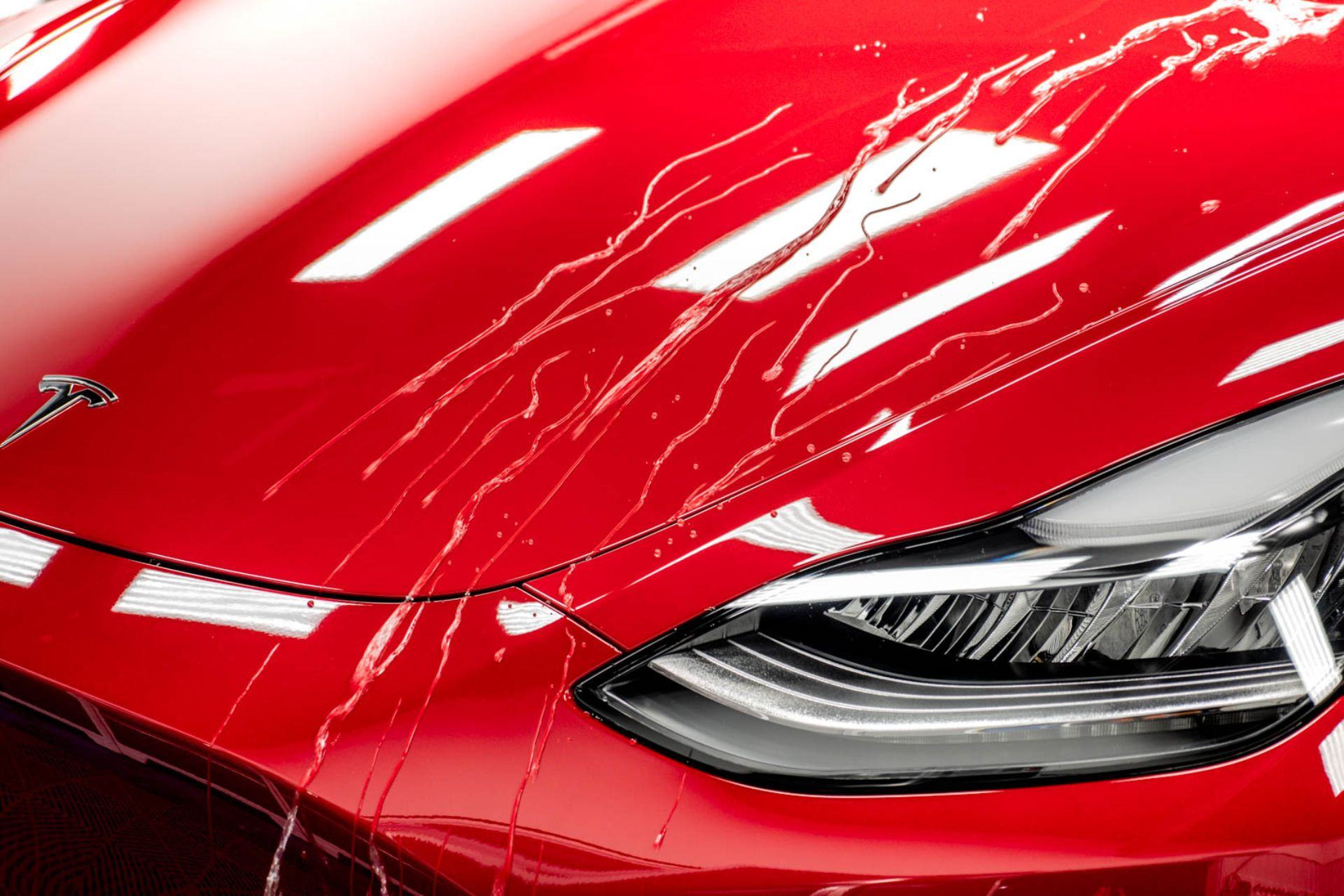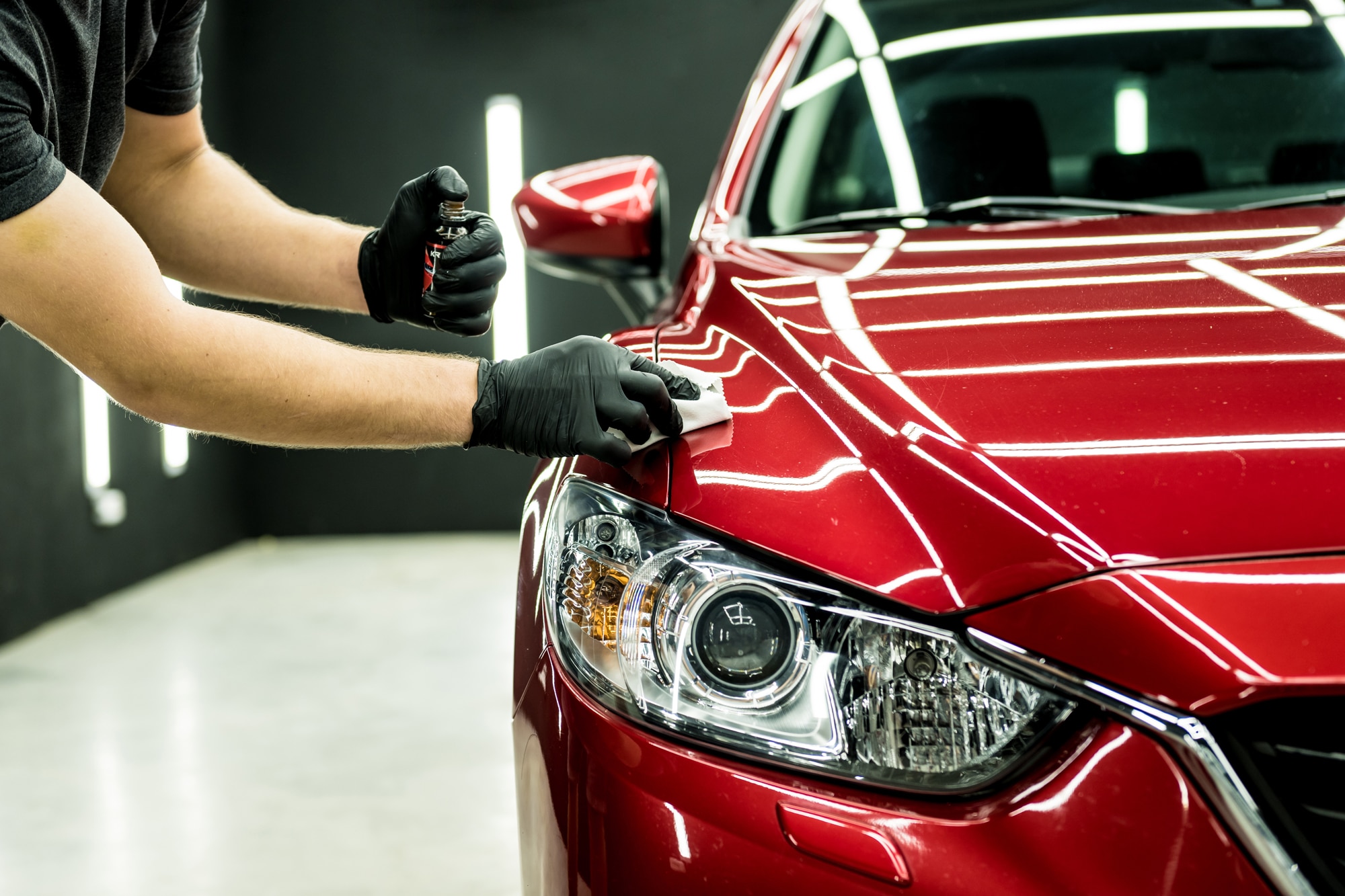Find specialized auto detailing to keep your car looking pristine.
Find specialized auto detailing to keep your car looking pristine.
Blog Article
A Comprehensive Guide to the Kinds of Ceramic Layer on the marketplace
Ceramic layers have actually become an essential remedy across different industries because of their unique residential or commercial properties and applications. From silica-based solutions known for their effectiveness to hybrid choices that combine multiple benefits, the selections available can be frustrating. Understanding the subtleties of each kind, including their specific advantages and ideal use situations, is essential for making notified choices. As we discover the distinctive attributes and applications of these coatings, the ramifications for performance and durability end up being increasingly obvious, elevating questions regarding which kind might ideal match your needs.
Understanding Ceramic Coatings
Ceramic finishings are advanced protective remedies that have actually gotten popularity in various sectors, specifically in automobile and aerospace applications. These coatings include a fluid polymer that, when healed, creates a long lasting, hydrophobic layer on the surface area of the substrate. This layer provides boosted resistance to ecological pollutants, UV radiation, and chemical exposure, thus extending the life and visual allure of the underlying product.
The essential element of ceramic finishings is silica, which contributes to their hardness and resilience. The application process typically entails surface preparation, application of the coating, and healing, which can be attained via warm or UV light. When cured, ceramic finishings show outstanding bonding homes, permitting them to stick highly to a selection of surfaces, consisting of steels, plastics, and glass.
In addition to their protective functions, ceramic finishes likewise use convenience of maintenance. Their hydrophobic nature minimizes the adherence of dirt and gunk, making cleansing easier and much less regular. In general, the fostering of ceramic finishes stands for a considerable innovation in surface protection technology, offering both functional and aesthetic advantages throughout several industries.
Sorts Of Ceramic Coatings
Various kinds of ceramic finishings are readily available, each developed to fulfill specific performance demands and applications - Paint Protection Film. The most common types consist of:
Silica-based Coatings: These coverings largely consist of silicon dioxide and are understood for their longevity and chemical resistance. They are widely utilized in auto and commercial applications.
Titanium Dioxide Coatings: Renowned for their photocatalytic residential properties, titanium dioxide layers are frequently applied in environments where self-cleaning and antifungal residential properties are preferable, such as in structure products and auto finishes.
Zirconia Coatings: Characterized by their high-temperature stability and thermal resistance, zirconia coverings are utilized in applications such as turbine engines and high-performance auto parts.
Alumina Coatings: Showing superb firmness and thermal stability, alumina coatings are frequently made use of in wear-resistant applications, consisting of reducing devices and commercial machinery. - Auto Detailing
Crossbreed Coatings: Incorporating the homes of different products, crossbreed coverings offer improved efficiency features, making them appropriate for unique and demanding applications.
Each sort of ceramic coating offers unique objectives, enabling users to select one of the most proper solution based on specific ecological problems and efficiency needs.
Advantages of Ceramic Coatings
Ceramic coatings, in certain, offer numerous advantages that make them significantly preferred amongst producers and consumers alike. These coverings are immune to scratches, chemicals, and UV rays, guaranteeing that the underlying surface stays safeguarded over time.
In look at here now enhancement to longevity, ceramic layers give excellent hydrophobic residential properties, enabling easy cleaning and upkeep. This water-repellent nature minimizes the adherence of dust, gunk, and various other contaminants, which can extend the visual allure and functionality of the surface. Ceramic finishings can substantially improve thermal resistance, making them optimal for applications that sustain high temperature levels.

Application Process
When applying ceramic coatings, a careful method is vital to attain ideal results. The application procedure normally starts with extensive surface prep work. This involves cleaning, decontaminating, and brightening the surface to get rid of all pollutants, consisting of dirt, oil, and prior waxes or sealers. A clean surface area ensures proper attachment of the layer.
Once the surface is prepped, the following step is to use the ceramic layer. This can be done utilizing an applicator pad or a microfiber cloth, guaranteeing even protection. It is essential to work in little sections to maintain control and protect against early healing. The finish must be applied in thin layers, as thicker applications can lead to irregular finishes.
After application, the covering requires a certain healing time, normally varying from a few hours to a complete day, depending on the item. Adhering to these steps vigilantly will make the most of the performance and long life of the ceramic layer, providing a durable protective layer for the surface.
Maintenance and Long Life
To make sure the long life and efficiency of a ceramic finishing, regular maintenance is crucial. Ceramic finishes, understood for their durability and safety high qualities, need certain care regimens to optimize their life-span and performance.
In addition to normal cleaning, regular examinations are crucial. Try to find indications of wear or damage, such as hydrophobic homes reducing or surface flaws. If required, a light gloss might be put on rejuvenate the finishing without stripping it away.
In addition, the application of a booster spray can improve the covering's hydrophobic effects and recover its gloss. This is specifically useful for coverings that have remained in use for a prolonged duration. Eventually, by sticking to these maintenance methods, one can substantially prolong the life of a ceramic covering, guaranteeing that it remains to offer optimum defense against ecological factors and maintain the aesthetic appeal of the car.
Final thought

Report this page